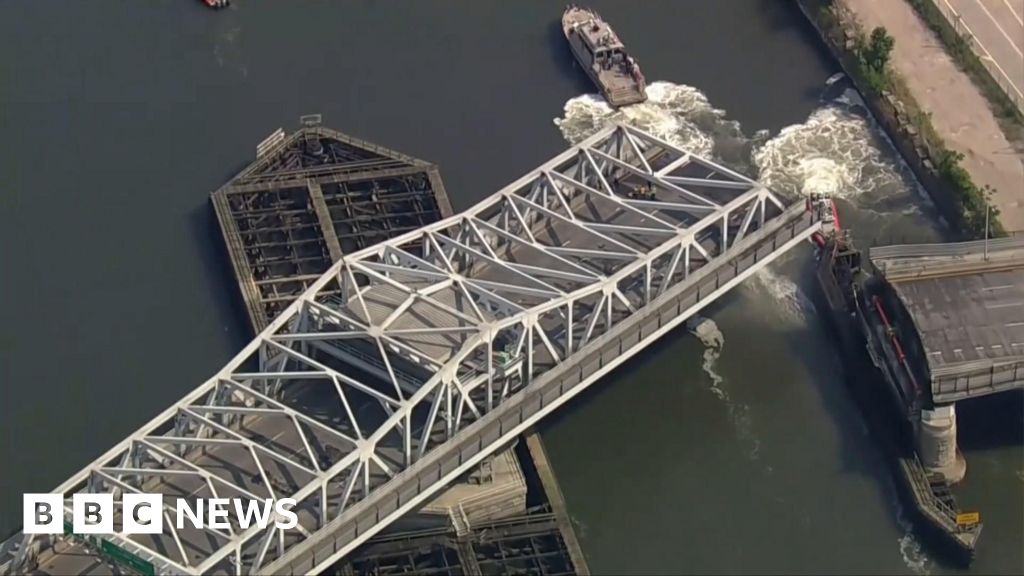- cross-posted to:
- klimawandel@feddit.org
- cross-posted to:
- klimawandel@feddit.org
Third Avenue Bridge, which connects New York’s the Bronx to Manhattan, got stuck in an open position due to the high heat on Monday.
FDNY officers arrived in boats and fired water at the structure to try and cool down the metal, which expanded after high temperatures in the city, officials say.
The incident caused major traffic delays during one of the hottest days of the year in New York but reopened on the same day.



Dumb question, but why is the water cooler than the bridge? Because it was underground? Or does the evaporation help because it’s endothermic?
It’s a good question. Steel is very good at absorbing and retaining heat. Water on the other hand isn’t. Metals in general have way better thermal conductivity than water.
Exposed to the sun at the same time, a piece of metal will warm up a few times faster than the water. I believe steels can be somewhere around 8-10 times less energy required than to heat a similar mass of water.
The water could even start out slightly warmer than the bridge. Evaporative cooling would also work here since there is plenty of ventilation around the bridge. But that can slow down based upon humidity level.
Touch the roof of a car in the sun. Shit’s hot.
Probably both. Definitely evaporation will remove the most heat if both substances are at the same temperature initially.
Probably because the metal absorbed heat from sunlight and heated up considerably, but the water was room temp only.
Simplified: Energy is stored as heat in matter (the jostling of atoms and molecules) and there are many more water molecules under the bridge than there are molecules/atoms in the bridge. So both the water and the metal heat up during the day and cool down at night, but since there is much more water, the water has a much more stable temperature. In short: Larger volumes of atoms have larger heat capacities.
If the water under the bridge was stagnant and a shallow puddle, then it’s temperature would vary much more throughout the day as well, but it would still warm up less than metal or soil, since a body of water loses some of it’s heat through evaporation.
This is also why coastal climate is a thing: the huge mass of water in the ocean makes it so that coastal areas are warmer in the winter and cooler in the summer.